
The 12-Day War – Israel’s brilliant success
Throughout 600+ days of war, Israel has battered and devastated terror proxies across the Middle East, culminating in a miraculous operation against the head of the snake—Iran.

Throughout 600+ days of war, Israel has battered and devastated terror proxies across the Middle East, culminating in a miraculous operation against the head of the snake—Iran.
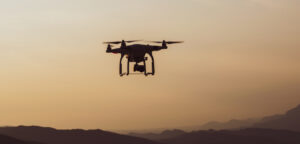
‘Spectrum (electronic) warfare’ refers to military operations that use the electromagnetic spectrum — including radio waves, microwaves, infrared, and more — to detect, disrupt, deceive, or destroy enemy capabilities.

Earlier on Sunday, Israeli Air Force fighter jets crossed into Iranian territory to strike missile storage facilities located approximately 2,200 kilometers (1,360 miles) away in the Yazd region.
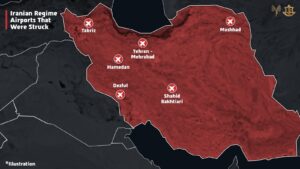
At least 15 Iranian fighter jets and helicopters were destroyed during the strikes, the IDF said, with attacks in western, eastern, and central Iran.

The IDF reports a remarkable 99.9% interception rate against Iranian drones over the past week, with missile interception success ranging between 80–90%, effectively protecting civilians and averting major disaster.

The strikes came hours after U.S. bombers joined the attack, hitting nuclear facilities at Fordow, Isfahan and Natanz.

The state-run Islamic Republic News Agency has even circulated stories that Israeli Prime Minister Benjamin Netanyahu fled to Greece

The sweeping campaign has crippled nearly half of Iran’s missile launchers, neutralized elite forces, and now promises even deadlier blows to the regime’s nuclear and military infrastructure.

‘We understood that it was our historic duty to stand up and take action.’
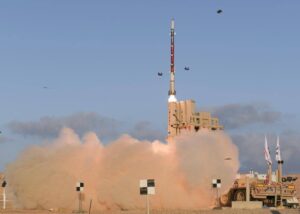
Experts estimate Iran has a remaining inventory of only 300 to 1,300 missiles.
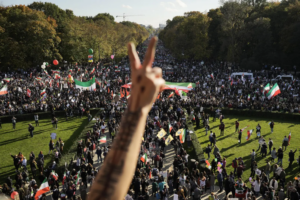
As Israel’s dominance grows, the chances that its attacks may lead to the downfall of the Islamic regime increases.
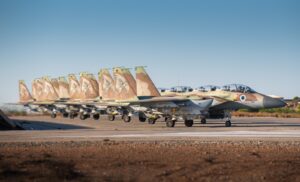
The IAF surpasses Russia’s culture, training, and innovation, while combining intelligence and cyber capabilities.

Adding to the pressure was the classified nature of the mission, meaning that N. could not tell his wife or other family members about the danger he was facing.
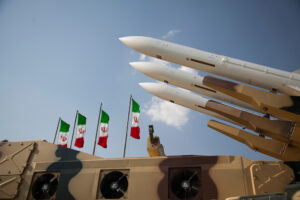
The Iranian regime is not merely a regional menace. It is a global threat. By Yuval David, Algemeiner As missiles rain down on Israel, they

David’s Sling was jointly developed by Israel’s government-owned Rafael Advanced Defense Systems and the US defense contractor Raytheon.
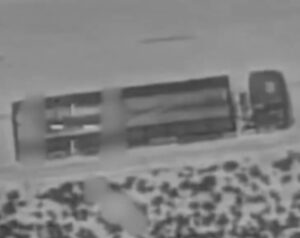
In a stunning escalation, Israel shattered Iran’s air defenses, struck deep into Tehran, eliminated over 20 top IRGC commanders, and crippled key nuclear facilities—all within 48 hours of launching its broadest-ever military campaign inside the Islamic Republic.
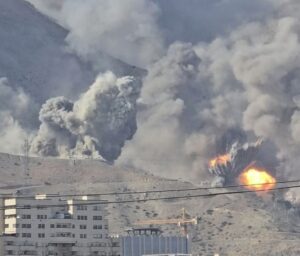
The Jewish state has already assassinated more than 20 senior Iranian military leaders, constituting ‘the entire top tier of Iran’s military command.’
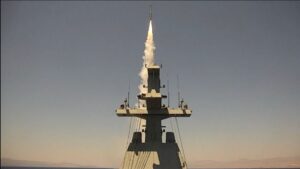
Since the launch of Operation Rising Lion, the IDF has intercepted over 100 hostile drones using a range of tactics—from fighter jets and attack helicopters to naval warships stationed at sea.
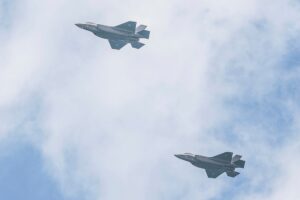
Since June 13, the Israeli military has conducted approximately 170 airstrikes, striking more than 720 sites across Iran, according to Iran International.

‘The defense and home front effort is critical,’ Zamir said. ‘A strong home front gives us the strength to carry on with our mission.’